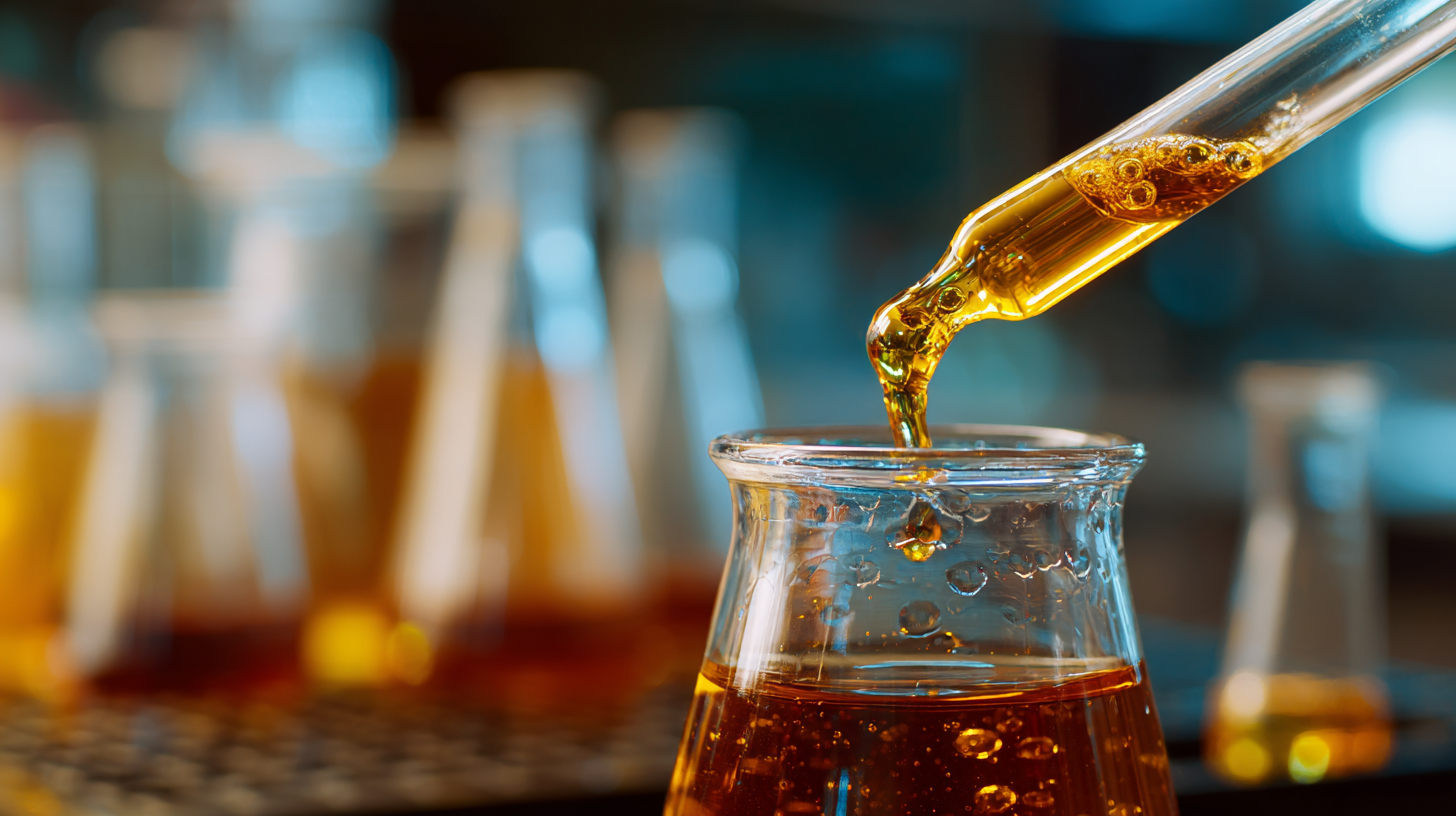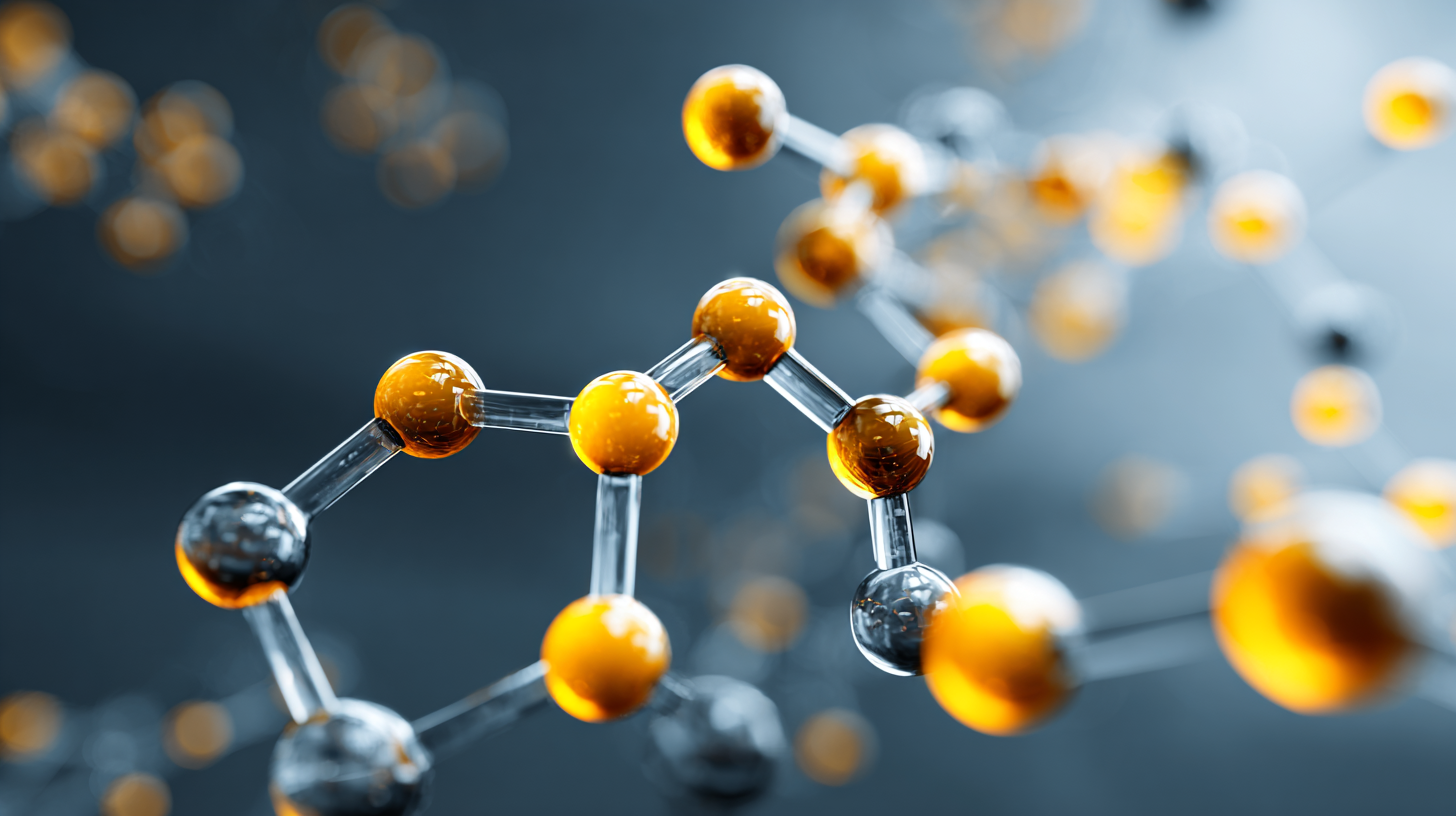In the realm of industrial chemistry, Propionyl Chloride has emerged as a crucial reagent, particularly in the synthesis of pharmaceuticals and agrochemicals. As of 2023, reports indicate a significant increase in the demand for this versatile chemical, driven by its applications in manufacturing acetylated compounds and as an intermediate in the production of flavorings and fragrances. The global market for Propionyl Chloride is projected to reach USD 500 million by 2025, highlighting its importance within the chemical industry. However, alongside its utility, understanding the safety data associated with Propionyl Chloride is paramount, given its potential hazards including corrosivity and reactivity. Thus, chemists must navigate both its applications and safety protocols to ensure responsible usage, making this an essential topic for professionals in the field.

Propionyl chloride, a vital reagent in organic synthesis, plays a crucial role in forming esters, amides, and various other derivatives. Its reactivity arises from the presence of the acyl chloride functional group, making it an excellent choice for introducing propionate moieties into molecules. Chemists harness propionyl chloride to modify the structure of pharmaceutical compounds, enhancing their efficacy and reducing toxicity profiles. Additionally, its utility extends to the production of agrochemicals and the development of new materials.
**Tips:** When working with propionyl chloride, ensure proper ventilation and utilize personal protective equipment (PPE) such as gloves and goggles to minimize exposure. A fume hood is highly recommended due to its pungent odor and the potential for respiratory irritation. It is also advisable to have a spill kit readily available in your lab to address any accidents quickly.
To maximize the benefits of propionyl chloride in your experiments, always test a small scale reaction before scaling up. This helps identify optimal reaction conditions, including temperature and reaction time, as well as potential side reactions that could compromise product yield. Understanding these parameters will aid in achieving reproducible results in your synthetic projects.

Propionyl chloride is an important chemical compound widely used in the synthesis of pharmaceuticals, agrochemicals, and specialty chemicals. As chemists and researchers increasingly handle this compound, understanding its safety protocols is vital. The recent regulations regarding hazardous materials in laboratory settings underscore the importance of ensuring proper handling and storage to prevent accidents and exposure.
To mitigate risks associated with propionyl chloride, it is crucial to implement stringent safety measures. Personal protective equipment (PPE) such as gloves, goggles, and lab coats should be standard practice. Additionally, conducting work in a well-ventilated fume hood can help minimize inhalation risks. The US Environmental Protection Agency has reminded laboratories to prepare for new regulations affecting hazardous substances—this makes it imperative for chemists to stay updated on compliance strategies, similar to the recent changes surrounding methylene chloride.
**Tips for Safe Handling:**
1. Always store propionyl chloride in tightly sealed containers labeled clearly to avoid any mix-ups.
2. Establish emergency protocols and ensure all personnel are familiar with the material safety data sheet (MSDS) for propionyl chloride.
3. Regular training and refreshers on chemical safety can significantly enhance a lab's response to potential spills or exposure incidents.
Analyzing the chemical properties of propionyl chloride is essential for researchers in various fields, particularly in organic synthesis and industrial applications. Propionyl chloride (C3H5ClO) is a colorless, clear liquid with a pungent odor. Its molecular structure features a carbonyl group, which makes it a reactive acyl chloride, facilitating its use in acylation reactions. Due to its electronic configuration, propionyl chloride can readily react with nucleophiles, forming propionamides or participating in esterification processes.
Researchers should also consider the physical properties of propionyl chloride, such as its boiling point and solubility characteristics. The compound has a boiling point of approximately 102 °C, and it is soluble in organic solvents like ether and benzene. Understanding these properties helps chemists anticipate the behaviors of propionyl chloride in various reactions and conditions. Moreover, safety data is paramount when handling this compound, as it is corrosive and can react vigorously with water. Protective measures and thorough risk assessments should be prioritized to ensure safe experimentation with propionyl chloride in research settings.
Understanding Safety Data Sheets (SDS) is crucial for chemists working with propionyl chloride, especially as regulations and safety standards continue to evolve in 2023. An SDS provides detailed information on handling and working with hazardous substances, and it is structured to help users quickly locate essential data. Typically, an SDS for propionyl chloride will include information on its physical and chemical properties, potential hazards, and necessary protective measures. For instance, according to the National Institute for Occupational Safety and Health (NIOSH), propionyl chloride has a flash point of 41°C, classifying it as a flammable liquid. This information is vital for establishing safe storage and handling protocols in laboratory environments.
Interpreting these documents effectively requires an understanding of key sections such as hazard identification and first-aid measures. The hazard identification section outlines the associated risks, such as respiratory irritation and skin corrosion, while the first-aid measures describe appropriate responses in the event of exposure. A recent report by the American Chemical Society highlights that improper handling of propionyl chloride can lead to severe chemical burns, underscoring the importance of personal protective equipment (PPE) like gloves and goggles. Chemists must familiarize themselves with SDSs not only to comply with safety regulations but also to foster a culture of safety within the lab.
When working with propionyl chloride, a compound known for its reactive properties and various applications in the chemical industry, managing waste disposal is a critical aspect that chemists must prioritize. According to a report by the Environmental Protection Agency (EPA), proper disposal practices for hazardous materials like propionyl chloride not only mitigate environmental risks but also ensure compliance with safety regulations that govern the handling of toxic substances. It is crucial for laboratories to implement waste segregation techniques, using proper labeling, and storing waste in compatible containers to avoid hazardous reactions.
Best practices for waste disposal of propionyl chloride include neutralization methods, which should be conducted in a controlled environment under the supervision of trained personnel. The National Institute for Occupational Safety and Health (NIOSH) outlines procedures for neutralizing corrosive agents, highlighting the importance of using appropriate personal protective equipment (PPE) during the process. Furthermore, when disposal involves incineration, it is essential to verify that the facility is equipped to handle halogenated compounds to prevent the release of toxic byproducts. Regular training programs, as noted in a comprehensive study published in the Journal of Waste Management, can significantly enhance awareness and skills among chemists regarding the safe disposal of chemicals like propionyl chloride.







